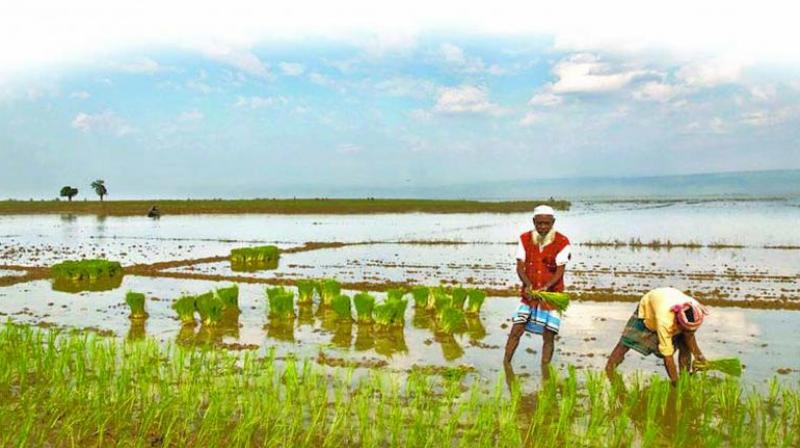Cauvery Calling: A lucrative plan to increase farmers’ wealth
We want to bring agroforestry to the entire Cauvery basin, which is about 83,000 square kilometres.

If soil has to be rich, there are only two sources: the leaves from trees, and animal waste. The trees have gone a long time ago and animals are being exported abroad. So what material are we going to enrich the soil with? Without trees and animals, there is really no solution.
Putting animals and trees back on the land is the most important thing to do. This is something we have been implementing at a certain scale over the last decade.
We have supported 69,760 farmers to shift from conventional crops to agroforestry.
Agroforestry is the practice where trees are planted alongside conventional crops. This not only improves the soil and water situation, there is also a huge
improvement in the farmer's economic situation. Their income can increase three to eight times in five to seven years.
We want to bring agroforestry to the entire Cauvery basin, which is about 83,000 square kilometres. If one third of the land goes under tree shade, Cauvery will
definitely flow because the data says that for every tree that is planted, it will retain around 3,800 litres of water a year in the soil.
What Trees to Plant?
There is a methodology to agroforestry which allows for different species of trees to be harvested at three-and-a-half years, at seven years, at 12 years and at 15
years. In our agroforestry models, we have left out those species that cannot be economically harnessed. We have also been selective about choosing native
species that grow in this region.
Agroforestry is not as good as a forest and it is never going to be. You cannot tell the farmer to make his land into a forest because it is his livelihood. But
agroforestry is better for the farmer than ploughing the land every three months.
Agroforestry is a very complex way of growing different species, so that they benefit from each other. If individual farmers go for agroforestry, if their lands are
over ten acres, we can do it in a much more complex way. If the land is one to three acres, too much complexity is not possible. You have to do it a little more
simplistically.
The Plan
Right now, we are supporting farmers to plant 242 crore trees in the Cauvery basin. Farmers are going to take this up as an economic activity. The saplings are going to come from donations made by people — this is where we need people's support.
Apart from that, the government has to incentivise a farmer to move from the regular three-month, four-month cropping to tree-based cropping, which is a long-term investment.
Unless we make farming a very lucrative process, we are threatening the future of this nation in many ways. A survey, if taken, would reveal that at present only
two to five per cent of farmers would like their children to follow their footsteps.
This means in the next 20 to 25 years, when this generation passes, we would have lost all our ability to grow food. With 1.3 billion people on our hands, if we
lose the ability to grow food that will be a disastrous. That is why Rally for Rivers and now Cauvery Calling* are being espoused by us. I want all of you to be
part of it in some way, in whichever way you can.
(Sadhguru is a yogi, author and a Padma Vibhushan awardee. He is the founder of Isha Foundation, a non-profit service organisation.)
*Cauvery Calling seeks to set the standard for how India's rivers—-its lifelines—can be revitalised. Visit: CauveryCalling.org or call 80009 80009. #CauveryCalling.
